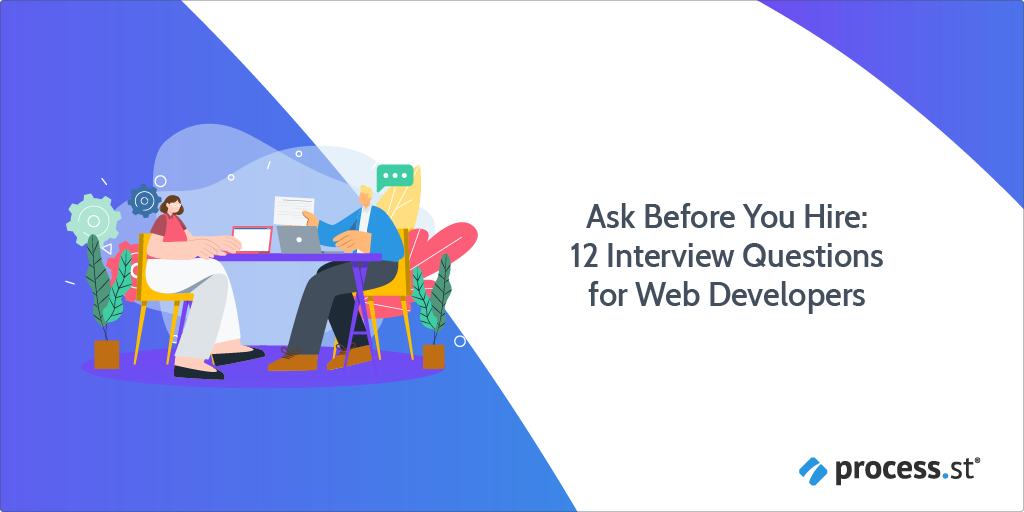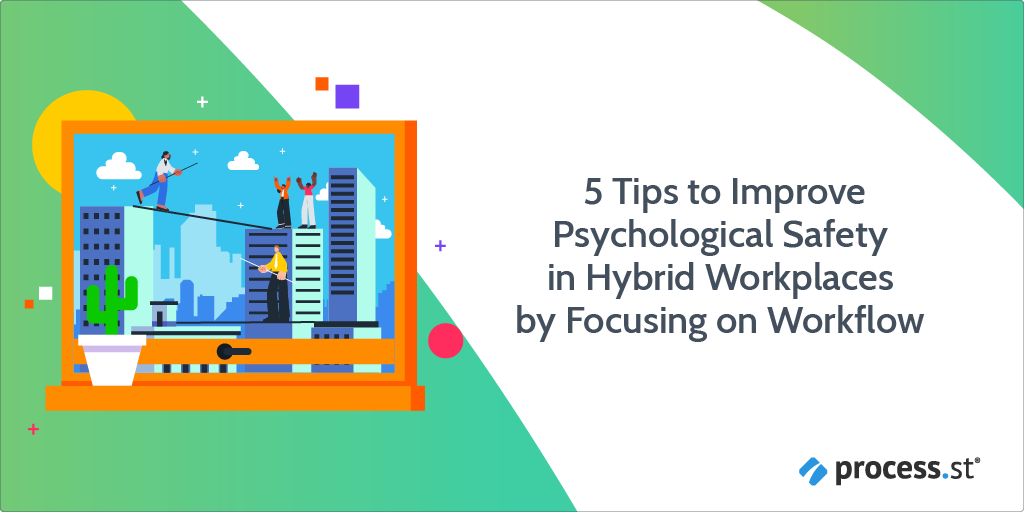
“I really must go to the third floor,” Renfield insists over the other employees’ protests. “I’ve been asked to consult with the head of people management about creating an analytics team. They’re expecting me.”
One of the nearby workers grabs Renfield’s lapels and pulls him close. “You don’t understand,” the man says. “We here in the office believe that people management is…” He glances around, nervously, leans closer and whispers, “We believe they’re really… human resources!”
“Oh, that’s just assistants’ gossips,” Renfield says. “Now, really, you must let me through. I have an appointment.”
“Wait!” The office manager pushes through the crowd, waving a form above her head. “If you won’t listen, then take this W-2. It’ll protect you.” She thrusts the form into Renfield’s hand and adds, “It’s riddled with mistakes.”
The third floor is dimly lit, offices still only partially constructed, furniture still draped in plastic. No signs indicate where he should go and a sense of abandonment clings to the scent of still-wet paint. “Hello?” he calls.
A figure appears, the light flickering around them. “I bid you welcome,” they say, and Renfield notices the tappity-tap-tap of many fingers rushing over keyboards. “Listen to them, the collectors of data. What music they make! Come along,” the People Team leader instructs, gliding down the hallway toward a single shaft of light Renfield can swear wasn’t there a moment ago. “Data is the life, Mr. Renfield.”
Wait. Why are you talking about vampires again, Leks?
There is a reason, and I assure you it’s not merely a way to shamelessly shoehorn my side interests into work-related topics. (Mostly.)
For contemporary businesses, data really is the lifeblood of your company. It’s what keeps everything moving from making sure there are paper clips in the supply cabinet to getting your product into the hands of the right user. Without accurate, up-to-date data, your organization isn’t even in the running to be a successful company.
While gathering quality consumer data is essential for the contemporary organization, data analytics has another equally important role to play: people management.
There are four main categories you need to think about for an effective analytics framework: Enablers, Deliverables, Stakeholder Management, and Governance.
In this Process Street post, I’ll explain what they are, how to use them, and how to not be creepy about it. Before you know it, you’ll wonder how you ever made HR decisions before people analytics came along.
Let’s analyze some data!
Continue Reading








 Workflows
Workflows Forms
Forms Data Sets
Data Sets Pages
Pages Process AI
Process AI Automations
Automations Analytics
Analytics Apps
Apps Integrations
Integrations
 Property management
Property management
 Human resources
Human resources
 Customer management
Customer management
 Information technology
Information technology



 The larger an organization gets, the more complex it is. More people pulling in different directions creates bottlenecks and slows down an organization’s productivity.
The larger an organization gets, the more complex it is. More people pulling in different directions creates bottlenecks and slows down an organization’s productivity. Employees are the vital force driving any organization, and as such, making sure that employee information is properly stored and managed is of utmost importance.
Employees are the vital force driving any organization, and as such, making sure that employee information is properly stored and managed is of utmost importance. In my early 20s, I worked as a shift manager at a well-known pizza chain. On my second day, every manager above me was fired and I was told to keep things running until the district manager could arrange someone to take over in “a week or two”.
In my early 20s, I worked as a shift manager at a well-known pizza chain. On my second day, every manager above me was fired and I was told to keep things running until the district manager could arrange someone to take over in “a week or two”.  With 5+ years in digital marketing,
With 5+ years in digital marketing,  I play video games at work.
I play video games at work. Teams are like families.
Teams are like families.  The fact is, though, you can’t force psychological safety; it has to be something you create organically – as a team. Not everyone’s sense of safety will be the same, and more significantly, each person may not be able to explain exactly why or why not they feel safe in a particular group or situation.
The fact is, though, you can’t force psychological safety; it has to be something you create organically – as a team. Not everyone’s sense of safety will be the same, and more significantly, each person may not be able to explain exactly why or why not they feel safe in a particular group or situation.

